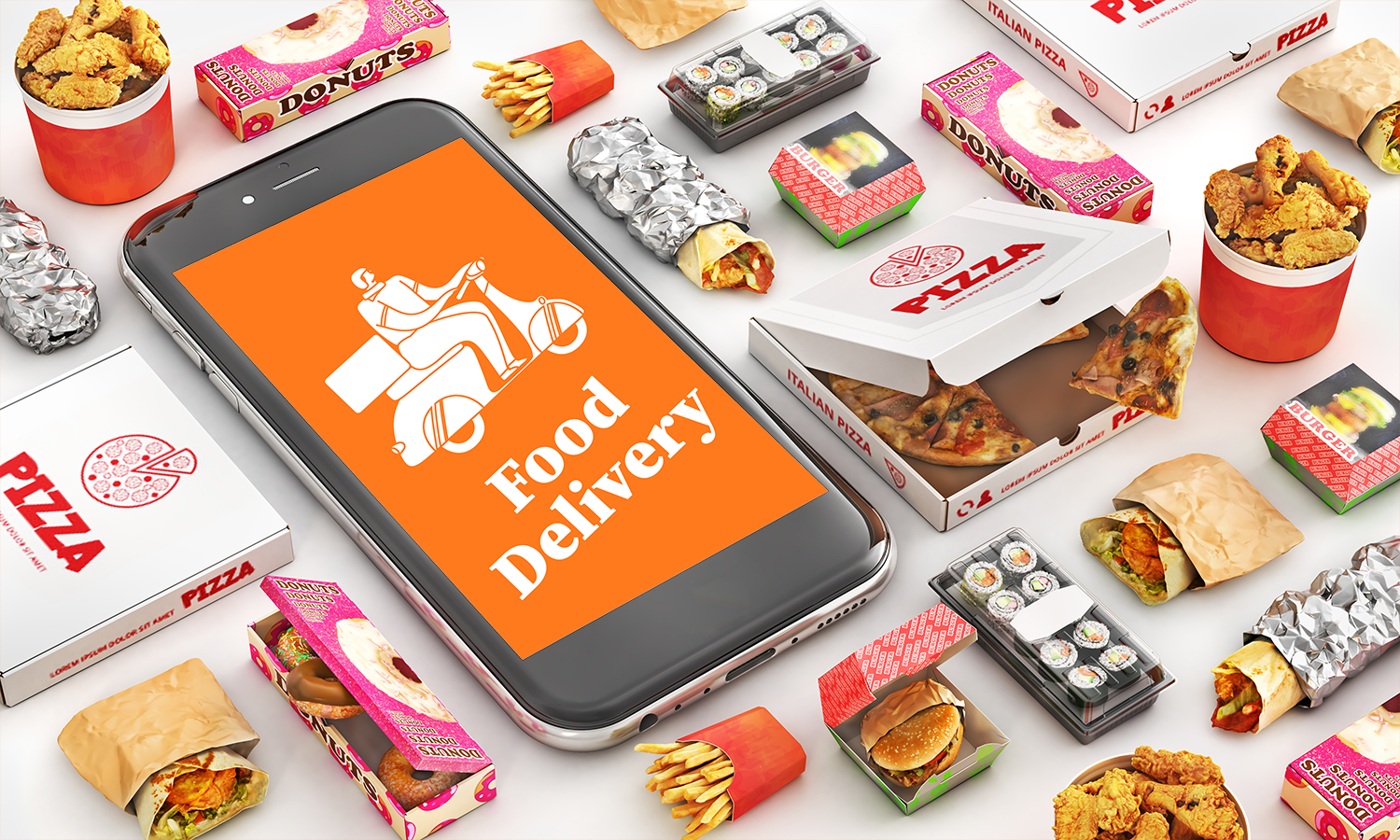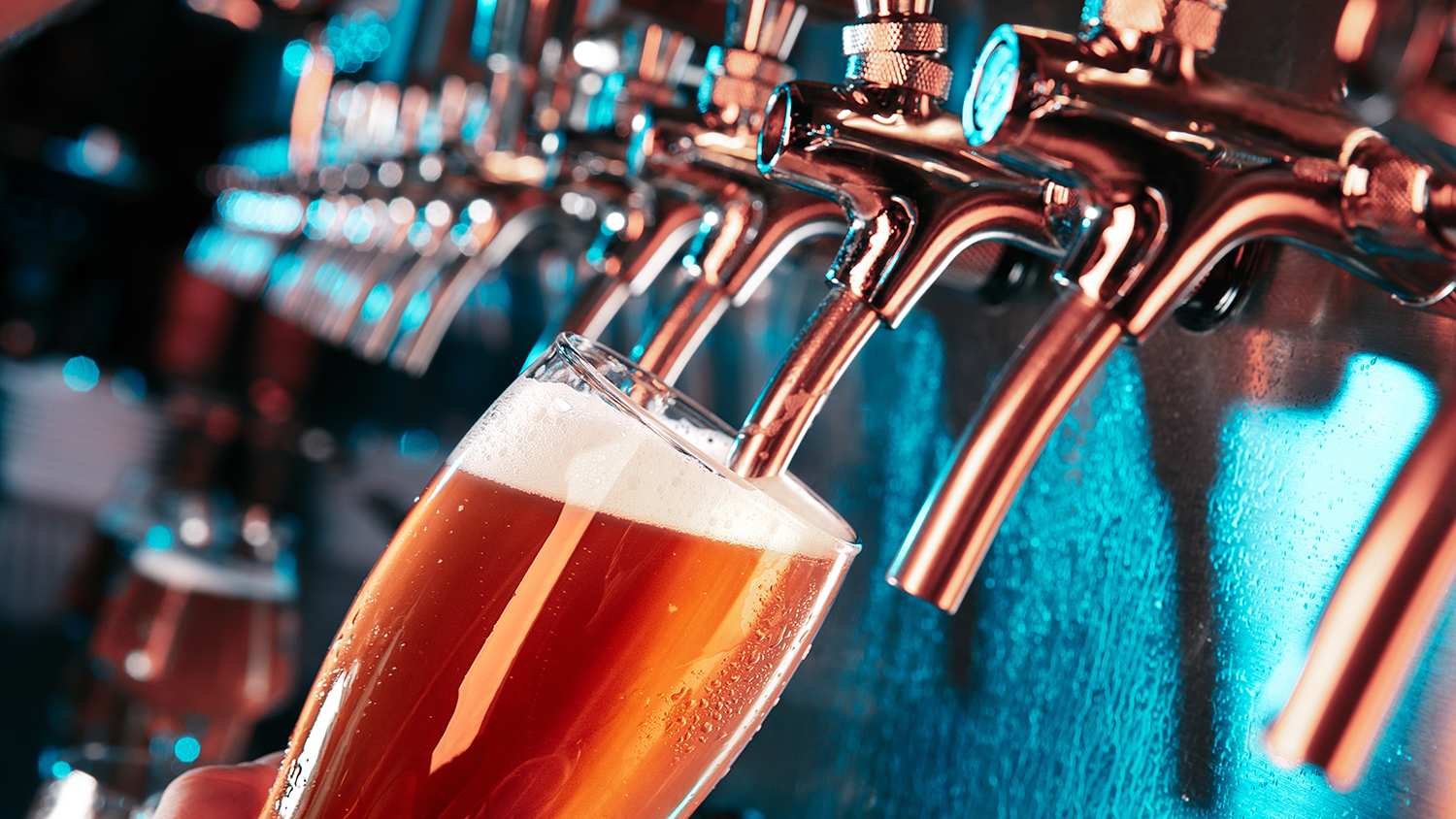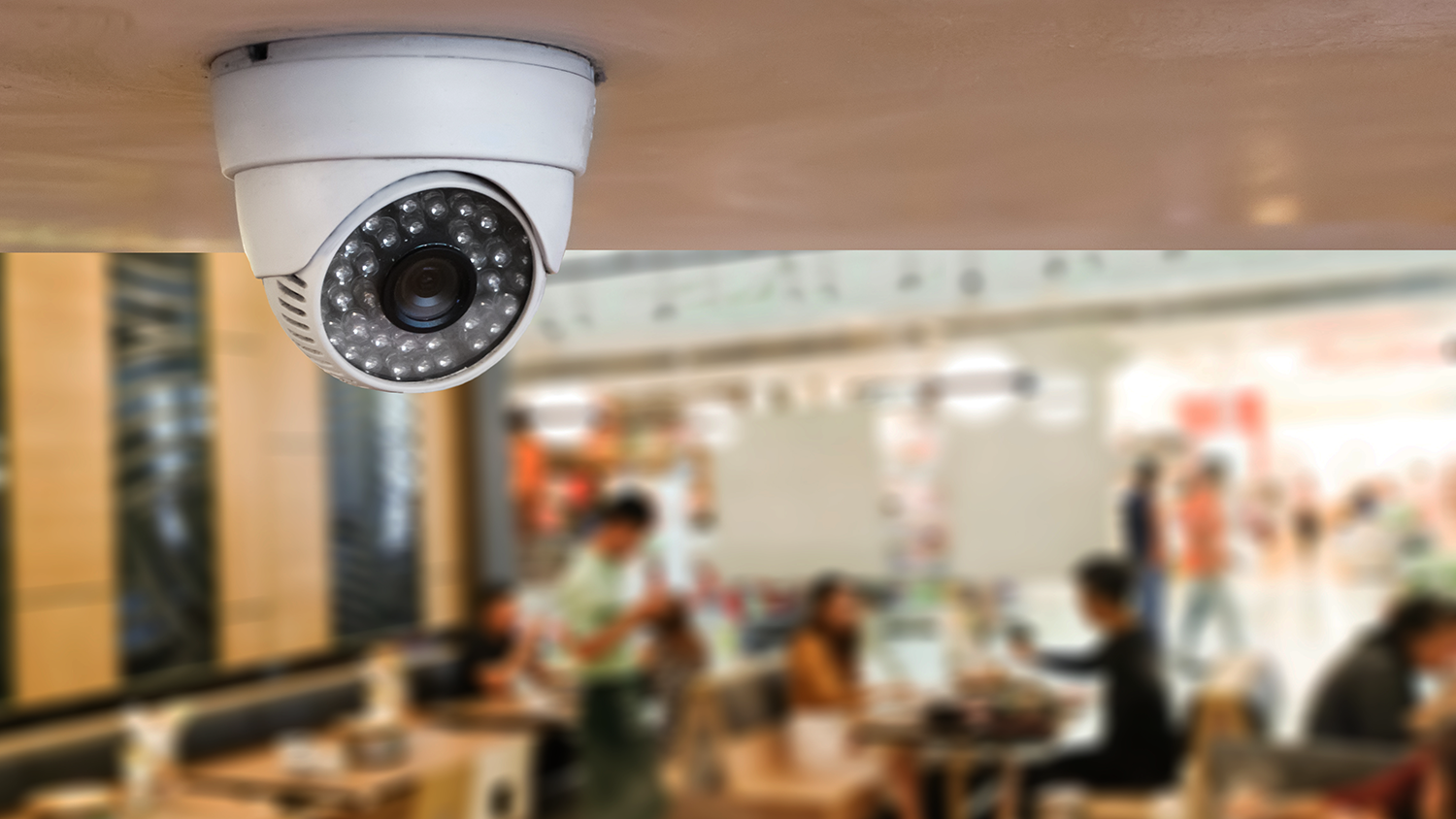By Heather Langley, Contributor
The hospitality environment evolves at a rapid rate, and bars and restaurants must continue adapting to the ever-changing needs of the consumer.
A modern point of sale (POS) system utilizes modern technology that can help streamline your business operations and improve the guest experience. By integrating it with your other systems, you are able to grow your restaurant and manage your inventory, employees, and sales data with ease.
In this guide, we discuss the need for POS integration in restaurants and explain the steps that need to be taken to undergo a successful integration tailored specifically for the hospitality industry.
What is Restaurant POS Integration?
A POS system acts as a central channel for managing orders, payments, and customer interactions. Businesses that use an integrated POS system are shown to see a 20% increase in efficiency and a 15% boost in customer20% increase in efficiency and a 15% boost in customer satisfaction.
By integrating it with existing payment channels, such as a cash register or a contactless payment reader, a purchase can be made through various channels to maximize convenience for customers.
It also integrates with other business applications such as a customer relationship management (CRM) system, inventory management system, or accounting system, creating a more defined flow throughout the business.
In fact, the top reason for restaurants looking to upgrade their system is to better understand their customers' preferences through better data. By knowing customer profiles and preferences beforehand, businesses can tailor the hospitality experience and boost their reputation.
Finding a good POS integration platform will help ensure the process is as seamless as possible when it comes to integrating the new POS system with your existing software.
Implementing Your Restaurant’s POS System
To ensure a seamless process, there are a few key steps that need to be taken to ensure you are making the right choice for your business needs and can effectively integrate your new POS system.
Set Out Your Goals
Every restaurant or bar is different, so choosing the right POS system for yours is crucial.
Consider factors such as your transaction volume, approach to order taking, the number of employees who will be using the system, the software that needs to be integrated, and the level of reporting required.
By stating the goals you are looking to achieve by integrating a new POS system, you will be able to filter out the options and create a solid foundation.
Choose Your System
Every POS system is designed with a different business type in mind, and many vendors tailor their features to best suit the requirements of the hospitality market.
Once you have searched through suitable options and have found a potential vendor, make sure to delve into trials and reviews before you make a final decision. Many systems offer a trial or demo which allows you to explore the software and see how it feels. It’s also a good idea to involve some of the members of staff who will be using the POS system, getting input from those who know the day-to-day roles firsthand.
Start the Implementation Process
Implementing a new system is a big change that will require some adaptation and getting used to. By preparing for the set-up, training, and deployment where possible, you can carry out the switchover at a time that won’t affect service quality.
All employees will need training on the new system and this should be done by a dedicated staff member who is familiar with the new system and can provide ongoing support.
When preparing the training material, make sure to focus on the most common challenges that are being solved and show how much the new process will simplify daily tasks. The War for Talent expands on some digital training tools that can be deployed to enhance your employee training.
Integrate with Other Systems
By choosing a system that can effectively integrate with existing systems, whether this be kitchen displays, CRM software, or reservation programs, your hospitality business will be able to continue without a complete overhaul.
Hardware, software, and payment systems should all be connected to the POS system for a streamlined experience. Many POS systems nowadays are known for smooth integrations, coming with application programming interfaces (APIs) that help facilitate the integration.
The Summary
Creating a centralized system that manages sales, inventory, data, and financials is no longer a luxury, but a necessity for restaurants and bars.
Bringing all systems together helps to not only streamline business operations, but to improve the guest experience. With real-time data being used to make informed decisions, outdated manual processes are no longer and a business is able to keep up with the modern world.
Since technology is constantly evolving, so it’s important to keep on top of software updates and ensure your POS system continues to deliver the service you require to meet demand. By regularly updating, your hospitality business is able to utilize new time-saving features and security measures, keeping systems working in harmony.
About the Author:
Heather is a content writer with a passion for all things hospitality technology. By helping businesses streamline their processes through POS systems, software integrations, and innovative tech solutions, she provides valuable insights that can help your restaurant or bar stay competitive in an ever-changing market. Contact: heather@solvid.co.uk.













